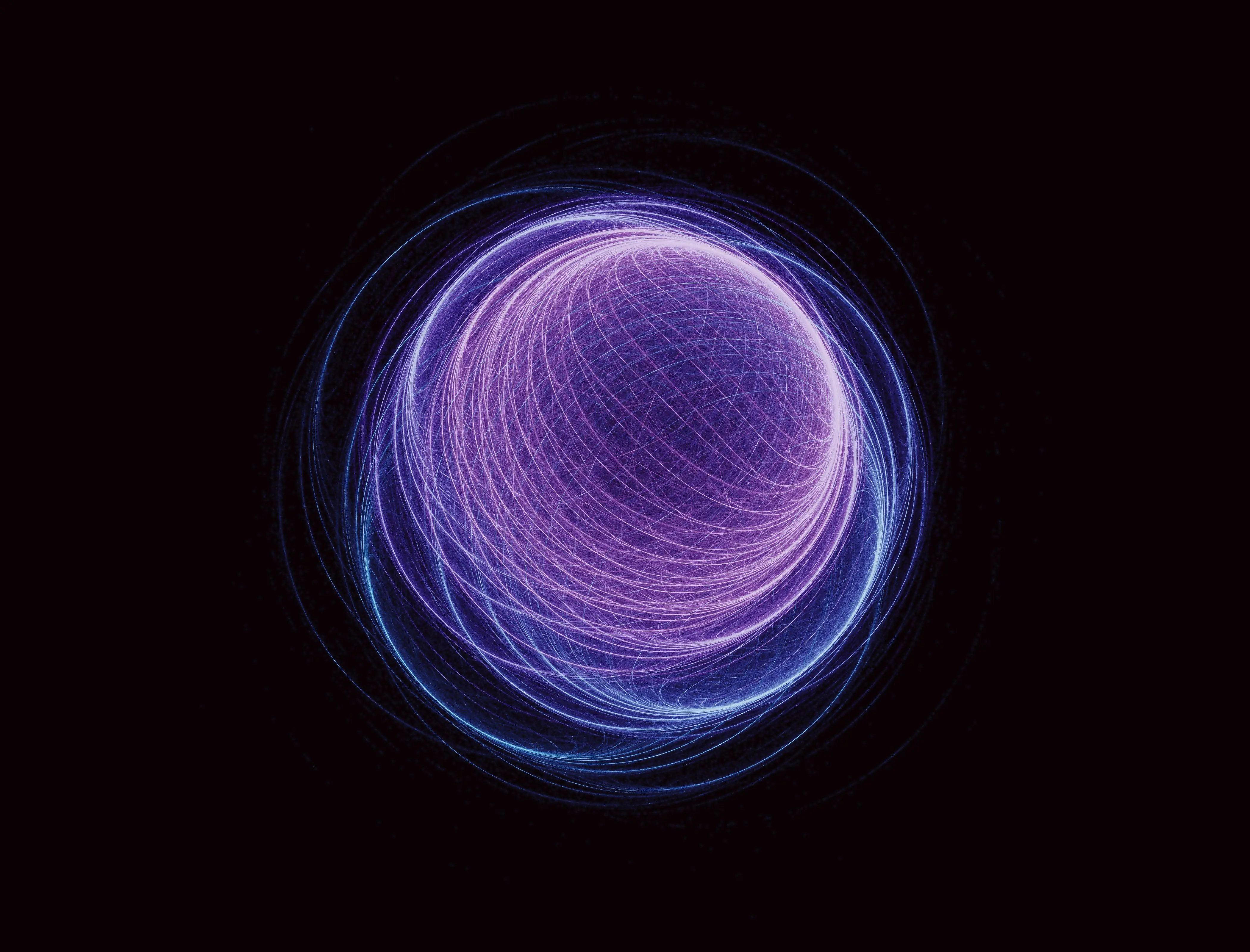New Insights Uncover Unexpected Charge In Earth's Magnetosphere

A recent study from a collaboration of researchers at Kyoto, Nagoya, and Kyushu universities has turned our understanding of Earth's magnetosphere on its head. This region, dominated by Earth's magnetic field, was thought to have a straightforward electric charge distribution. Conventional wisdom suggested a positive charge on the morning side and a negative charge on the evening side. However, groundbreaking satellite observations have revealed the opposite.
To delve deeper into this unexpected finding, the research team employed magnetohydrodynamic (MHD) simulations—a technique that models the behavior of electrically conducting fluids like plasma. Their simulations confirmed the newfound charge distribution, depicting negative charges on the morning side and positive ones on the evening side, but noted an intriguing exception: the polar regions maintain the traditional charge distribution.
Yusuke Ebihara from Kyoto University, the study’s corresponding author, explains this complex phenomenon. He notes that the reversal of charge polarity between the equatorial and polar regions can be attributed to the motion of plasma. Plasma flows, driven by the solar wind (a steady stream of charged particles from the sun), create a dynamic environment where electric forces and charge distributions are consequences, not causes, of plasma motion.
Ebihara points out that as magnetic energy from the sun enters Earth's magnetosphere, it circulates in a clockwise motion on the dusk side before moving towards the poles. The orientation of Earth's magnetic field further complicates the picture, pointing upwards near the equator and downwards over the poles, leading to the reversed charge distribution between these regions.
This study sheds light on the intricate dynamics of convection—a process describing plasma flow within the magnetosphere. Convection is pivotal in influencing space weather phenomena, including the behavior of Earth's radiation belts (zones filled with high-energy particles). Understanding these processes not only deepens our knowledge of Earth's space environment but also offers crucial insights into the atmospheres of other magnetized planets, such as Jupiter and Saturn.